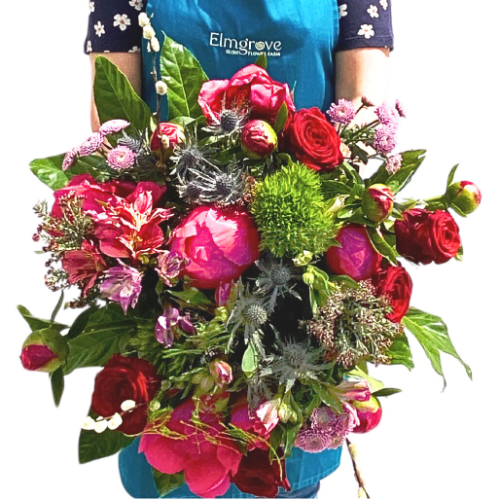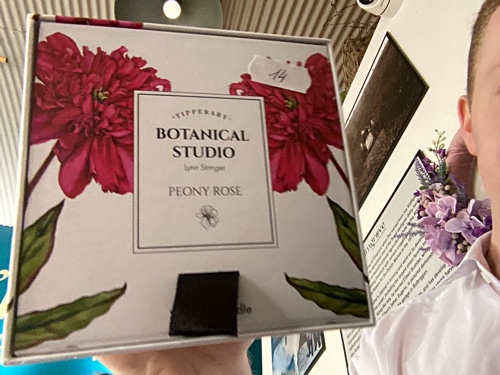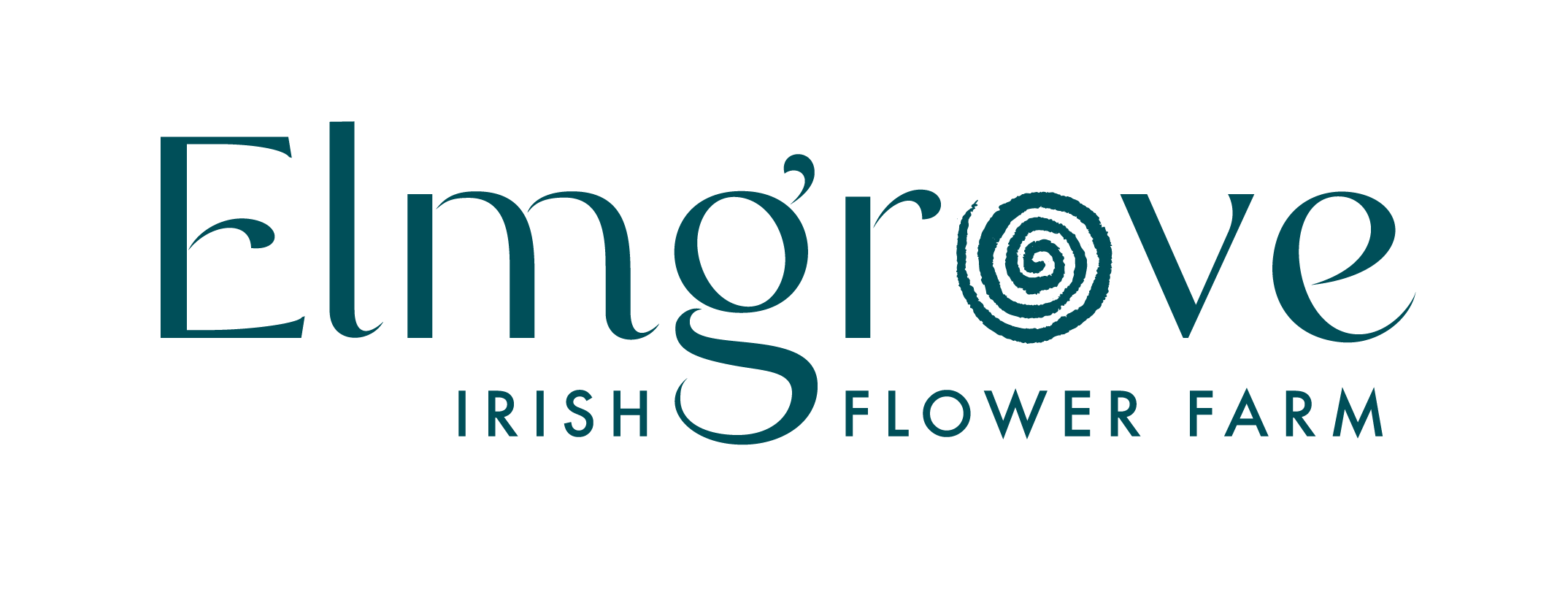LATEST UPDATES
How the McCullough Story started Elmgrove Farm Three Generations Ago
Over the last century, the McCullough family have combined innovation and hard work to create a thriving business at Elmgrove Farm. Pat McCullough (pictured above) was the first generation of McCulloughs to take up residence on the farm.
“Grandad first turned to milking cows during the Economic War in the 1930s, when Dev refused to pay land annuities, and the British, in turn, put massive tariffs on all our beef exports,” explains the current generation’s designated farmer, Darragh McCullough.
“That created a major crisis in Irish farming, because up until then most of the farm land around Dublin would have been producing cattle or crops. I’m sure it was no different for my grandad, who would have grown up on a traditional drystock and cereals farm in Co Louth,” he says.
Up to then, the Dublin milk market had been supplied by a lot of little dairies all around the city and the suburbs. These ranged from one or two cull cows that were being milked for a few months before being slaughtered as ‘canners’, to farmers with up to 80 cows in places like Drumcondra and Rathfarnam. Farmers close to the city had the added advantage of a regular and reliable feed-source throughout the lean winter months – spent brewers’ grains from the likes of Guinness. But these farmers’ stranglehold on the Dublin milk market was about to be broken.
One of the largest milk merchants at the time were the Craigie Brothers, who realised that cattle farmers outside the traditional catchment area were literally going broke because they couldn’t sell their stock into England. Desperate to turn their hand to anything to try to make a living, Craigies tapped into a new milk pool, at bargain basement rates.
This shift in milk supplies was also facilitated by the rural electrification that was being rolled out at the time. For the first time, power was present on farms that allowed the Surge Melotte bucket-plant to work – the fore-runner of the modern milking machine.“That’s how my grandad got his first break. A few cows initially, with the 20 gallon milk churns going onto the train from Drogheda into Dublin,” said Darragh.
This was an era before refrigeration beyond what the dribble-cooler could offer – a device that dribbled milk over pipes channelling cold water from the nearest well. Quality could be pretty hairy, with stories legion about mice jumping out of milk cans when lids were removed. So getting a good name established for producing clean milk went a long way for the likes of Pat McCullough.
By 1944, his reputation as a reputable producer had allowed him to build up a herd of around 30 cows, and buoyed by his success at dairying, he decided to make an investment in a 300 acre farm in east Meath that would shape the lives of the next two generations of McCulloughs.
“‘An aul run-down farm’ was how the bank manager referred to the purchase when your grandad went in looking for a loan,” is the anecdote that Darragh’s dad, Eamon, never tires of telling.
The farm was certainly under-utilised, but this was not just some impulse purchase.
Pat McCullough had spent over a year looking at different farms. One of the attractions of the farm was that it was even closer to the Dublin milk market and, crucially, it had light land that you could grow any type of crop on – even flowers! Warm coastal soils that sprung into life a few weeks earlier than heavier regions inland has always been a valuable farming asset.
Pat was probably focusing on the possibility that he would get stock grazing early in the spring, an essential boost to help reduce the reliance on variable quality hay throughout the dreaded winter months.
The canny strategist that he was surely sensed that the Allies were getting the upper hand in the War, but he was hardly to know that land prices would treble within months of his purchase in the mid 1940s when the Axis powers finally surrendered.
The farmyard was also kitted out with a beautiful cut-stone, tie-stall cattle byre, a staple of farms in the region at the time.m“Meath farmers made a lot of money selling beef to the British army in the late 1800s, and into the 1900s.
“For this reason, they thought milking cows was simply beneath their dignity,” commented Darragh. “In fact, one of the cornerstones of dairying in the county was the influx of Land Commission farmers from counties such as Mayo and Galway. These guys typically got a 35ac block, with a house and a shed, and they very often turned to milking cows as the most profitable way of making a living from these farms, which were generally much smaller than their beef farming neighbours.”
With a daily contract to supply milk to Craigie Brothers, Pat McCullough wasn’t long filling that stone-cut cattle byre with 36 dairy cows.
“That was really the limit of what that farm could deal with. This was the era just before the arrival of silage when it was always in the hands of the gods as to whether you had enough fodder to keep your animals milking throughout the winter. If you got a bad summer, you might end up with mouldy hay that the cows didn’t milk well on. So you needed to make sure that you cut your cloth to measure,” Darragh notes.




